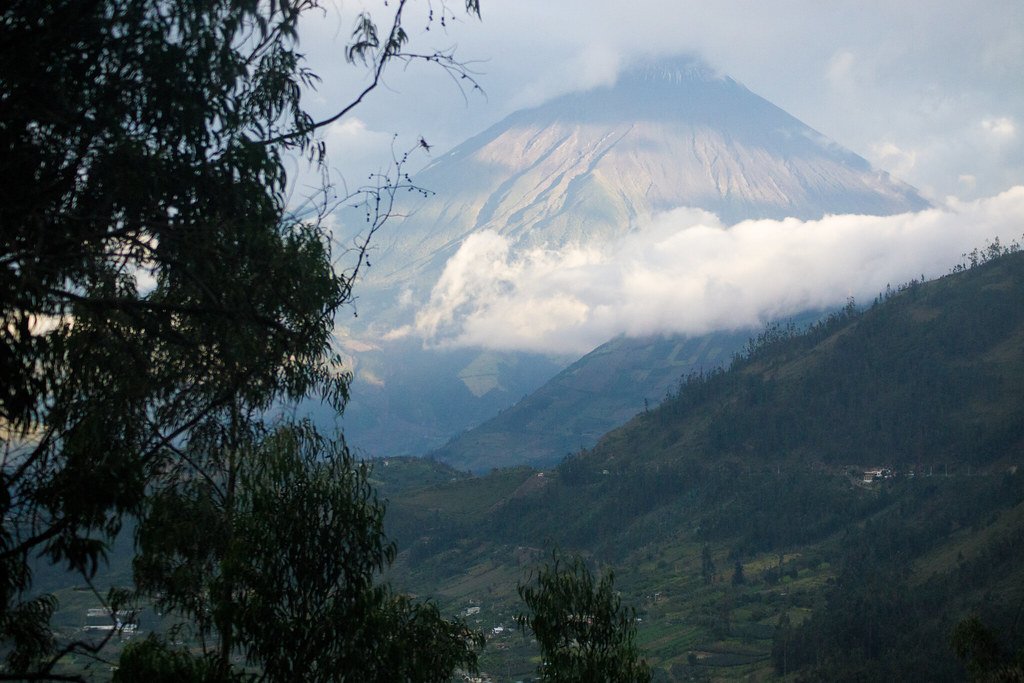The mystical allure of caves has fascinated humans for countless generations, from their eerie echoes to their intriguing darkness. But beyond their natural beauty, many caves around the world hold the secrets of our ancestors, offering glimpses into ancient human life. Malaysia, with its rich tapestry of history and culture, is home to some of these profound archaeological wonders. This article explores how the caves of Malaysia unlock tales of ancient human existence, providing unique insights into humanity’s past.
Introduction to Malaysia’s Caves
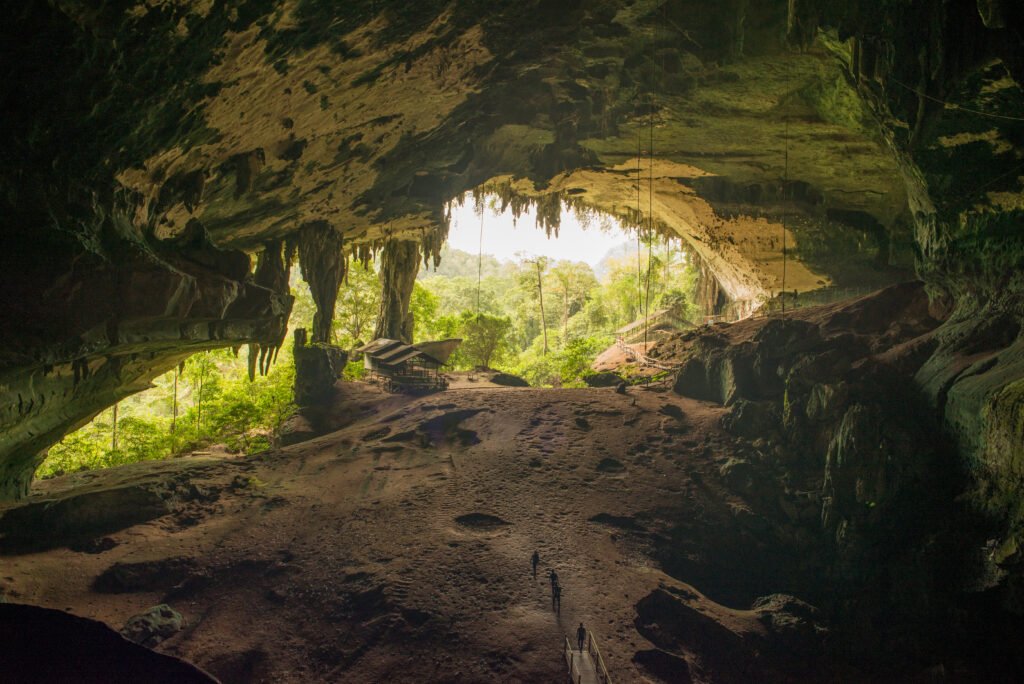
Malaysia’s landscape is dotted with caves that have played a crucial role in the nation’s cultural and historical heritage. Their limestone formations are not only a testament to geological wonders but also serve as significant archaeological sites. These caves have been natural shelters for ancient humans, and many contain remnants that reveal the sophistication and survival instincts of our ancestors.
The Geological Significance of Limestone Caves
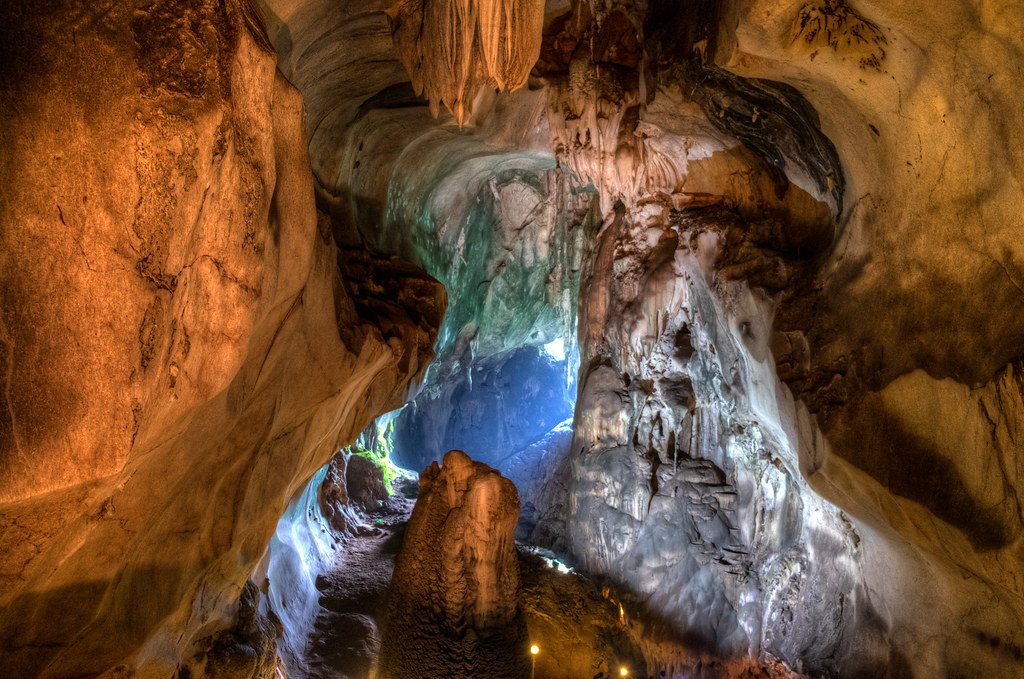
Limestone caves are formed over millions of years, primarily through the eroding action of acidic water on soluble rocks. In Malaysia, these caves have been shaped into intricate networks, creating natural habitats that have preserved human artifacts. Limestone, being relatively soft, has allowed archaeologists to unearth tools, pottery, and even skeletal remains, offering a window into prehistoric life.
Historical Occupation During the Paleolithic Era

Evidence suggests that during the Paleolithic era, around 10,000 to 30,000 years ago, these caves were occupied by early human settlers. Artifacts such as stone tools and remnants of hearths found in Gua Niah and other caves provide clues to their lifestyle, including their hunting practices and dietary habits. These findings challenge previous notions about the capabilities and intelligence of early human communities in Southeast Asia.
Gua Niah: A Portal to the Past
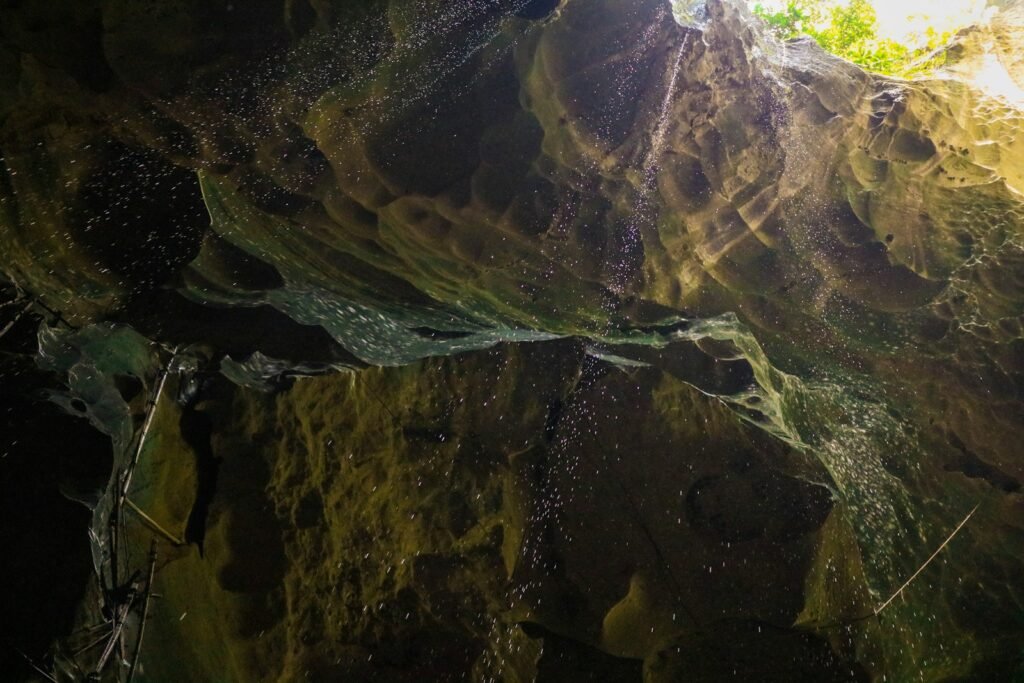
One of the most significant cave systems in Malaysia is Gua Niah, located in Sarawak. This cave complex has yielded artifacts dating back to approximately 40,000 years ago, making it one of Southeast Asia’s most important archaeological sites. Excavations have uncovered human skulls and other remains, offering a direct link to our prehistoric ancestors and highlighting the cave’s importance as a shelter and cultural hub.
The Role of Bats in Ancient Human Life
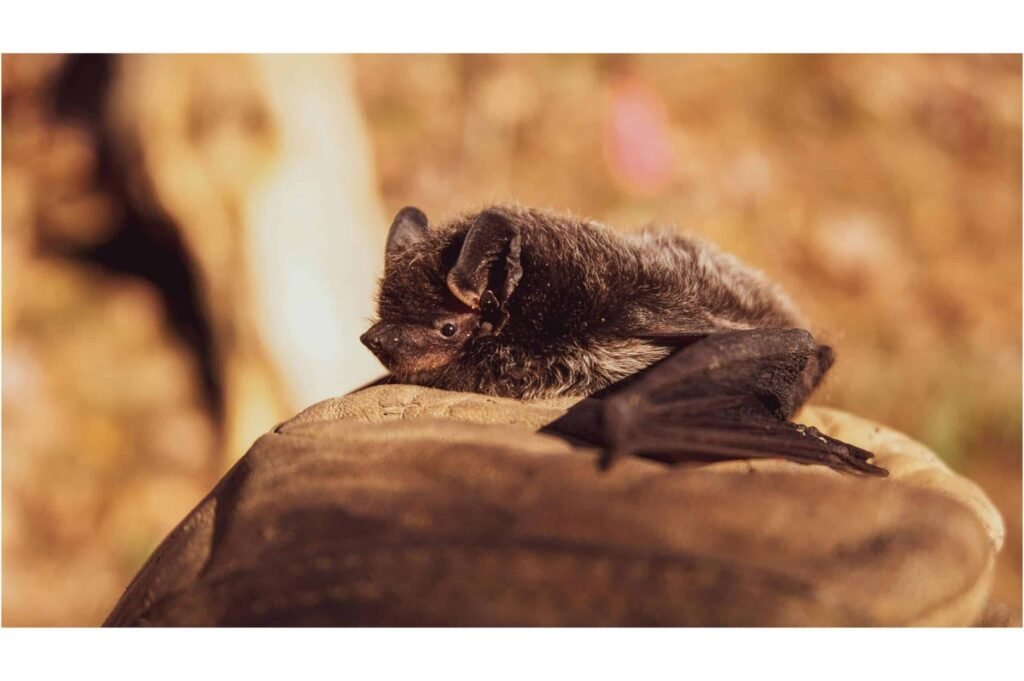
Bats, prolific residents of many Malaysian caves, played an indirect role in human survival. Guano (bat droppings) was a valuable fertilizer for prehistoric agriculture practices, enriching soils and supporting crop cultivation. Furthermore, bats were an important source of protein and nutrients, supplementing the diet of early humans who resided in the caves.
Cave Paintings: Ancient Artistic Expression

The walls of Malaysian caves, such as those in Gua Tambun, reveal ancient paintings that serve as one of the earliest forms of artistic expression. These depictions of animals, human figures, and abstract designs show the creative capacity of prehistoric communities. They provide evidence of the social and spiritual lives of early humans, showcasing their connection with nature and the animals around them.
The Intersection of Archaeology and Technology

Modern archaeological techniques, such as radiocarbon dating and laser scanning, have revolutionized our understanding of Malaysia’s caves and their historical significance. These methods allow scientists to accurately date artifacts and map cave interiors with precision, uncovering new layers of information about the regions’ prehistoric inhabitants and their environment.
Challenges in Cave Preservation
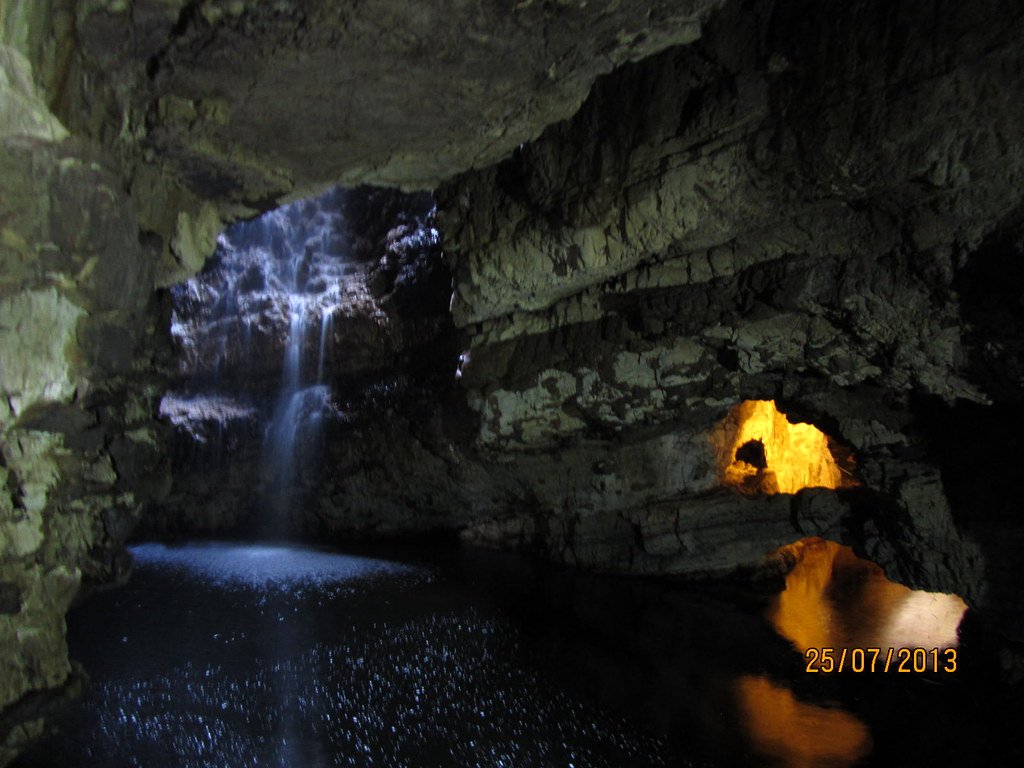
While the caves are invaluable archaeological sites, they face numerous threats, including tourism, pollution, and natural erosion. Efforts to preserve these sites are crucial, as they offer vital educational and cultural insights. Conservation initiatives are underway to protect these fragile ecosystems while balancing their accessibility to researchers and the public.
The Cultural Legacy of Malaysian Caves
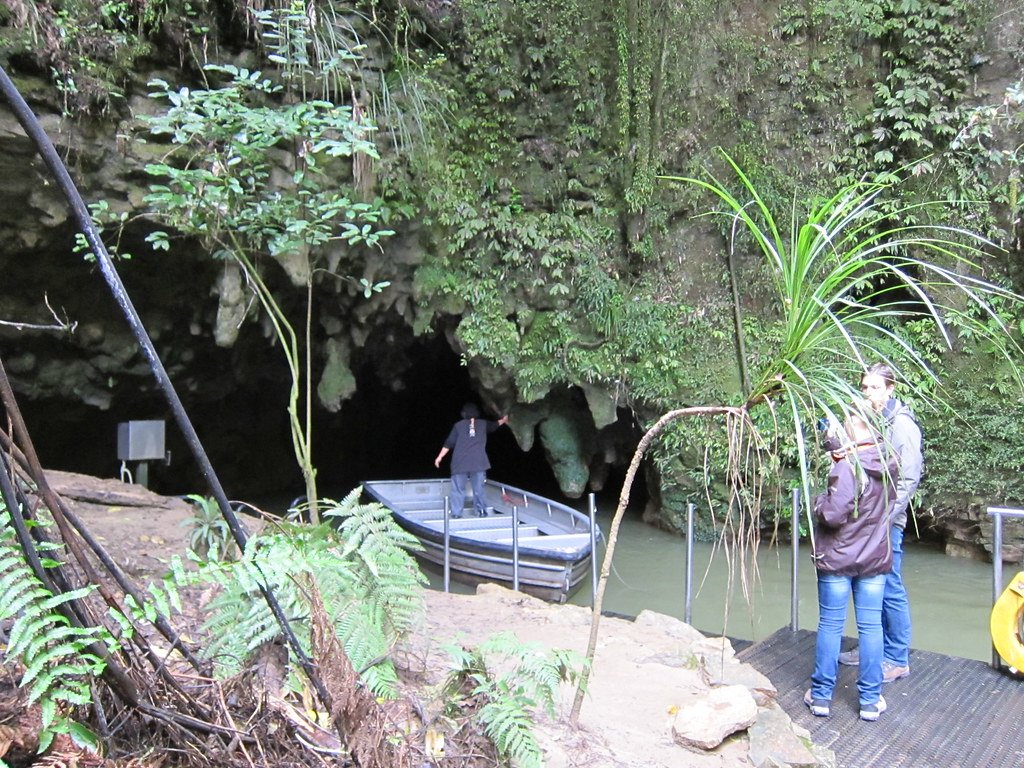
Beyond their scientific importance, these caves hold a cultural significance for contemporary Malaysian communities. They form part of local folklore and traditions, symbolizing a connection to ancient cultural heritage. As such, they are not only valuable for what they reveal about the past but also for how they continue to influence local identities and narratives today.
Conclusion: A Treasure Trove of Human History

Malaysia’s caves are more than just stunning natural formations—they are reservoirs of human history that offer unparalleled insights into the lives of our ancestors. As we continue to uncover the hidden stories within these caves, we enrich our understanding of early human life and the fundamental aspects of our shared heritage. These caves remind us of our enduring connection to the past, emphasizing the importance of preservation and respect for historical sites.


